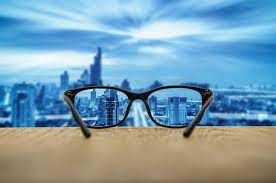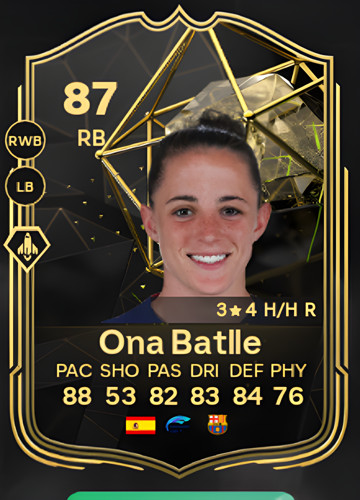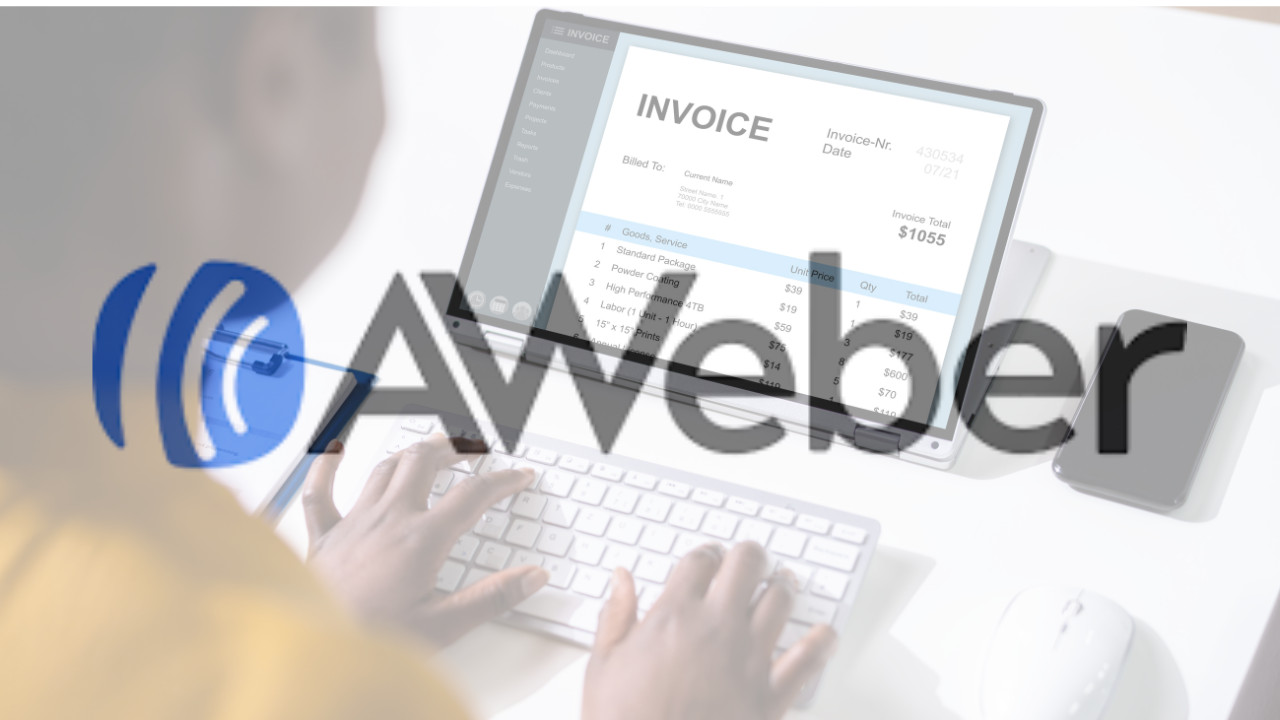The integration of mixed reality technologies with the Metaverse has the potential to revolutionize the educational landscape, offering students new opportunities to engage with learning materials, collaborate with peers, and explore virtual environments (1). By combining elements of virtual reality (VR) and augmented reality (AR), mixed reality creates immersive, interactive learning experiences that are contextually aware and responsive to students' needs.
One of the key ways that mixed reality and the Metaverse are transforming education is by facilitating immersive learning experiences. By leveraging the power of VR, students can explore virtual environments, engage in simulations, and interact with digital content in ways that are not possible in traditional classroom settings (2). This technology enables students to gain a deeper understanding of complex concepts, develop problem-solving skills, and experience real-world scenarios in a safe and controlled environment.
Additionally, mixed reality and the Metaverse are promoting collaboration and communication among students. Through the use of holographic telepresence and spatial computing, learners can interact with one another in shared virtual spaces, regardless of their physical location (3). This technology fosters a sense of presence and encourages peer-to-peer learning, allowing students to share ideas, ask questions,
and collaborate on projects in real-time.
Moreover, mixed reality and the Metaverse are enabling the personalization of learning experiences. By utilizing adaptive learning technologies and data analytics, educational content can be tailored to individual students' needs, preferences, and learning styles (4). This personalized approach allows students to progress at their own pace, receive immediate feedback, and engage with learning materials that are relevant and meaningful to them.
Another significant impact of mixed reality and the Metaverse on education is the potential to democratize access to high-quality learning experiences. By harnessing the power of these technologies, students in remote or underserved areas can access virtual classrooms, connect with expert educators, and explore educational resources that may not be available to them otherwise (5). This increased accessibility has the potential to reduce educational disparities and promote lifelong learning for all.
As mixed reality technologies continue to evolve and merge with the Metaverse, the possibilities for transforming education become even more significant. By creating immersive, interactive, and engaging learning experiences, mixed reality has the potential to reshape the way students learn, collaborate, and explore the world around them.
Works Cited:
(1) Milgram, P., Kishino, F. (1994). A taxonomy of mixed reality visual displays. IEICE TRANSACTIONS on Information and Systems, 77(12), 1321-1329.
(2) Dede, C. (2009). Immersive interfaces for engagement and learning. Science, 323(5910), 66-69.
(3) Lanier, J. (2017). Dawn of the New Everything: Encounters with Reality and Virtual Reality. Henry Holt and Company.
(4) Hwang, G. J., Lai, C. L. (2017). Facilitating and Bridging Out-Of-Class and In-Class Learning: An Interactive E-Book-Based Flipped Learning Approach for Math Courses. Journal of Educational Technology Society, 20(3), 184-197.
(5) Dalgarno, B., Lee, M. J. (2010). What are the learning affordances of 3-D virtual environments? British Journal of Educational Technology, 41(1), 10-32.








